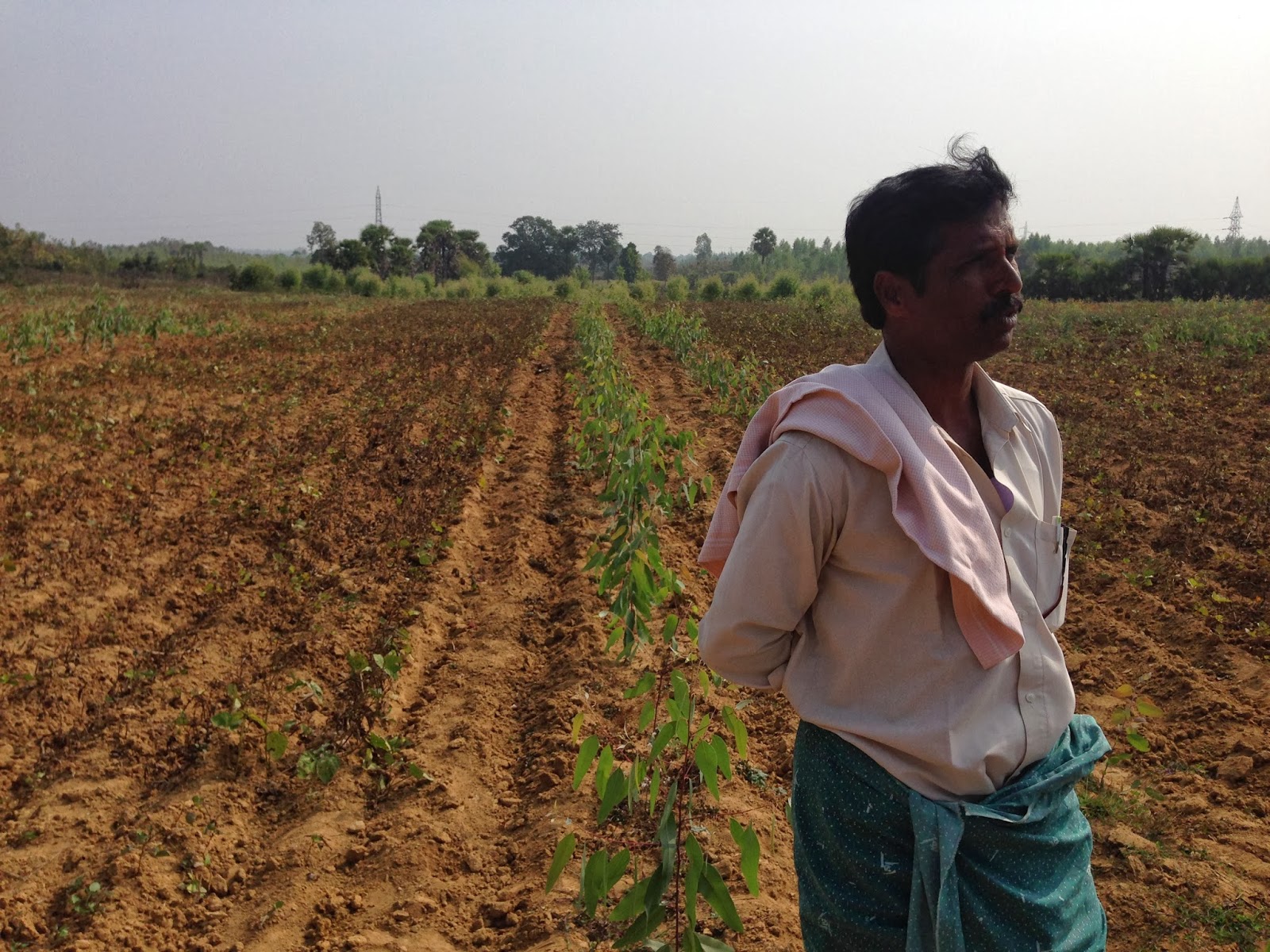Many
corporates dream of leading change to bring prosperity to rural people. One
such organisation is working with rural stakeholders to bring that change.
Change is towards better outcomes for society, economy and the environment.
Growing trees for timber or pulp are not uncommon worldwide. However, such a project taken up on marginal farmland with the help of local farming communities, backed up by endless work of forestry scientists and social marketing team with the support a conglomerate has brought positive changes to the barren landscapes in Bhadrachalam and surrounding districts in Andhra Pradesh, India. This project has spread across many neighbouring states and marginal and resource poor farmers are reaping the benefit due to the growing demand of sustainably grown paper.
How does it works? Resource poor farmers often leave their farmland barren as they cannot either afford to grow food crops or the land is unfertile. Trees can grow anywhere with minimum intervention is the mantra which is spread by the pulp mill. Farmers grow trees which are after years of breeding and cloning grow straight as log of wood – most desired for pulp making. Trees are either closely planted in forestry model or in agroforestry model where they grow alongwith food crops, in hundreds and thousands of hectares. Food crops can be harvested by farmers to sustain their day-to-day livelihoods and trees act as fixed deposit. After 3-4 years farmers harvest and supply it to the pulp mill. Surely for them money is growing on trees!
Growing trees for timber or pulp are not uncommon worldwide. However, such a project taken up on marginal farmland with the help of local farming communities, backed up by endless work of forestry scientists and social marketing team with the support a conglomerate has brought positive changes to the barren landscapes in Bhadrachalam and surrounding districts in Andhra Pradesh, India. This project has spread across many neighbouring states and marginal and resource poor farmers are reaping the benefit due to the growing demand of sustainably grown paper.
How does it works? Resource poor farmers often leave their farmland barren as they cannot either afford to grow food crops or the land is unfertile. Trees can grow anywhere with minimum intervention is the mantra which is spread by the pulp mill. Farmers grow trees which are after years of breeding and cloning grow straight as log of wood – most desired for pulp making. Trees are either closely planted in forestry model or in agroforestry model where they grow alongwith food crops, in hundreds and thousands of hectares. Food crops can be harvested by farmers to sustain their day-to-day livelihoods and trees act as fixed deposit. After 3-4 years farmers harvest and supply it to the pulp mill. Surely for them money is growing on trees!



Comments
Post a Comment